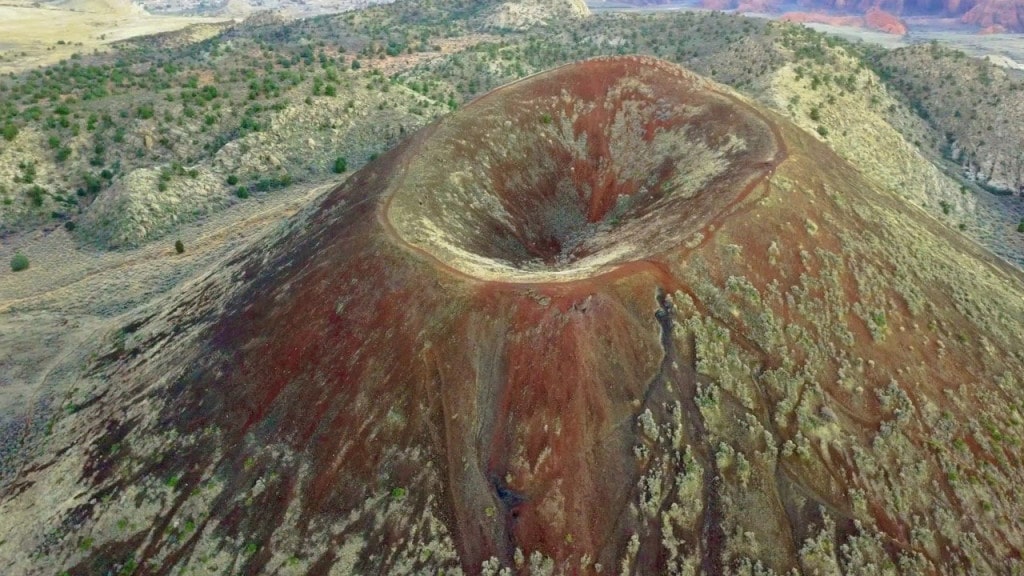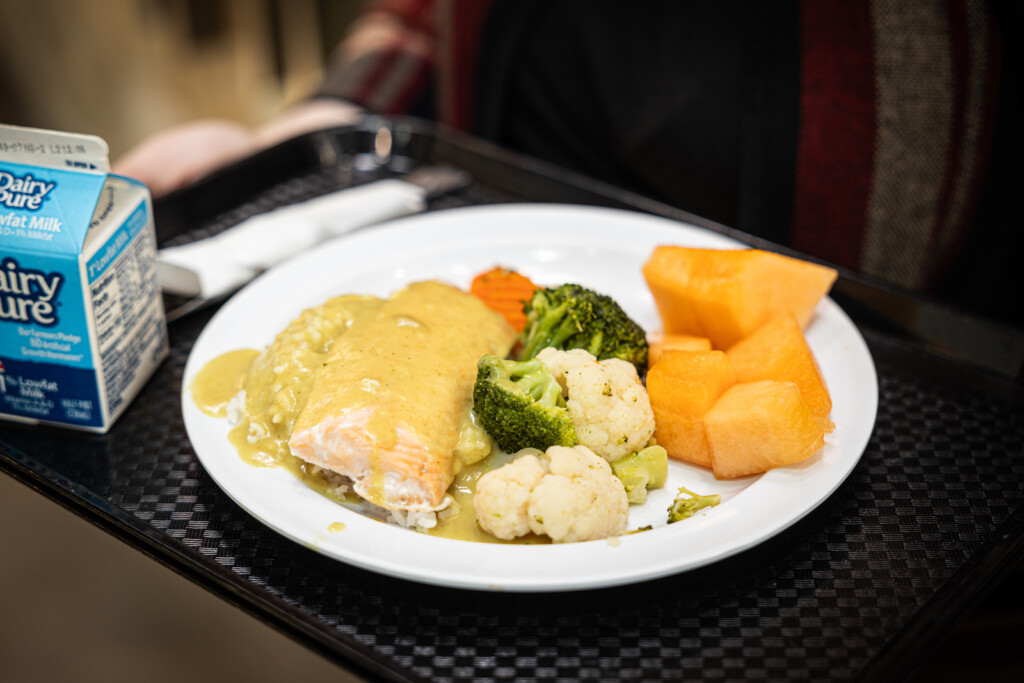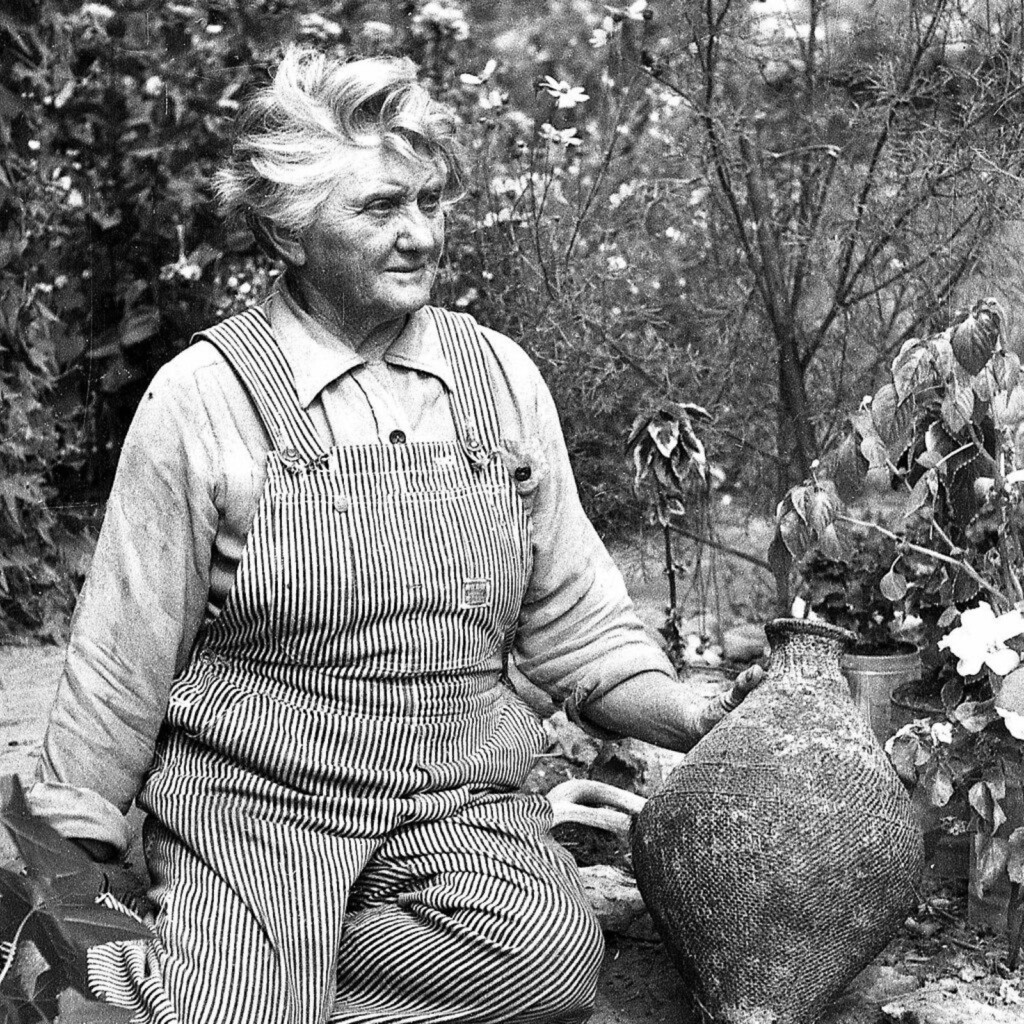
Will Bagley’s Blood of the Prophets: Brigham Young and the Massacre at Mountain Meadows sat on my shelf for about 20 years before I picked it up last fall. I was halfway through the book when Bagley passed away in October. It was a strange shock to know that this wise and curmudgeonly historian’s voice I had been hearing in my head would now reside only in those black and white pages. Bagley worked for years to compile a comprehensive history of the massacre of more than 100 innocent Arkansans who were butchered by a group of Mormon settlers and native Paiutes in September 1857.
The book was something of a revelation, and after reading it, I decided I wanted to take a visit down the byroads of Utah’s darkest history and visit the memorial site and do a little hiking over the nearby volcanoes along Highway 18 north of St. George.
I say the book was a revelation because of how much it contradicted what I learned about the massacre in school. I had a state history class in junior high and what I remember most about learning of the massacre was how the teacher seemed to be walking on eggshells for a week when discussing it, and how when it was said and done, I still didn’t actually know what happened at Mountain Meadows. In that class, the third “M”, the one that stood for massacre, seemed to get left out of the lesson plan.
If you haven’t read Bagley’s excellent work, you absolutely should. But to recap for those of you who “learned” about it the way I did growing up, here’s a refresher.
Utah was setting itself on a war footing with the United States. Federal officials were being forced out of the territory, and Church of Jesus Christ of Latter-day Saints leader, prophet, and territorial governor, Brigham Young, ran the state as a theocracy. For political reasons the Buchanan presidency thought sending the army to Utah could score points with critics and distract the nation from the debate over slavery, so he dispatched an army. But prior to that, the Utah territory was inflamed by a reformation with church leaders touring the settlements and telling the Saints to prepare for war.
In southern Utah, this message was taken to heart by John D. Lee, who with the aid of militia men and Paiute Indians ambushed the Fancher wagon train. Men, women, and children were shot, stabbed and clubbed to death. The train was besieged for days before the survivors were tricked into leaving under a false truce, only to be led away from their circled wagons to a clearing where they were executed. For months the victim’s bodies and bones were left unburied, adjacent to a commonly used trail, to be scattered about by predators.
This despicable display may have been more of a warning than anything else. Today, more than a century-and-a-half later, the site is a memorial to regret and remembrance.
As you drive along Highway 18, there are several spots with smaller memorials where men or women and children were separated from the main group and killed. The main memorial is a recreation of a large cairn of stones erected in 1859 by the soldiers of the U.S. Army who first provided a proper burial to the remains of the victims.
It is a strikingly beautiful place that would otherwise have made a lovely campground. As it stands now, it’s a spot of quiet — not tranquil quiet — but one that seems permanently hushed by the horrors of its history. Quiet as it may be, it also hosts a strange asynchronous conversation between the kin of the killers and the victims through the mementos left around the base of the memorial.
For example, a vintage rosary is draped around a wooden cross with a frame next to it with the quote from Romans 12:19 of the Lord intoning that “vengeance is mine.” Next to the cross is a small stone with words in childish handwriting painted on it: “I’m so sorry — Descendant of a shooter & clubber.”
I drove south to ponder this terrible history and take a hike. Fifteen minutes south of the memorial you’ll find the town of Veyo. It’s got an intersection you can’t miss, especially the delicious Veyo Pies and Bakery.
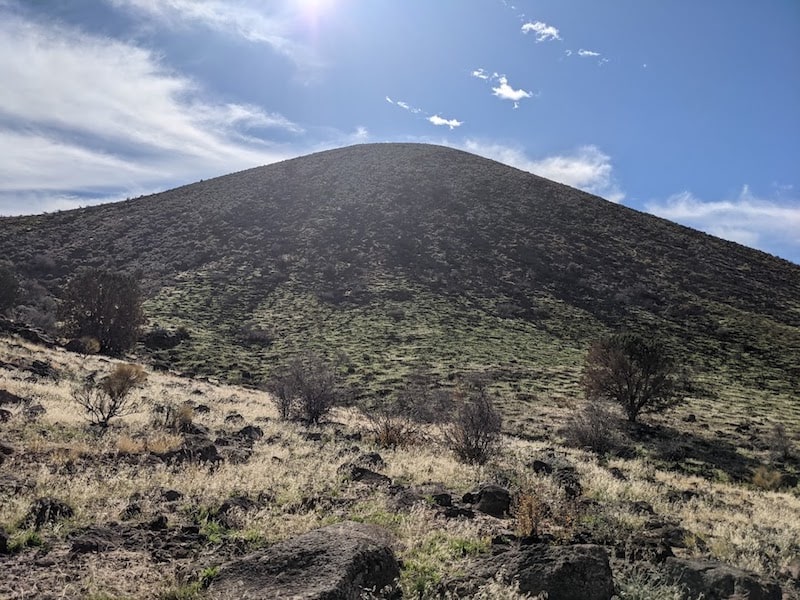
But you can miss the trailhead for the Veyo volcano if you’re not paying attention, because it’s not really a trail. As you head south out of town about a mile, the road ascends and bends slightly to the west. At that bend, you can pull off the shoulder at a gate with a yellow sign on it. You can open the gate and go inside — just make sure to close it behind you as there are cattle grazing there.
Then you really get to decide how to climb the volcano as there’s no set path. You just amble up. You can make the summit in an hour, but take care, because the further up you climb, the more loose and unsettled the ground becomes. Blood-colored stones wretched up from an eruption millennia ago make the final stretch of the hike a little treacherous.
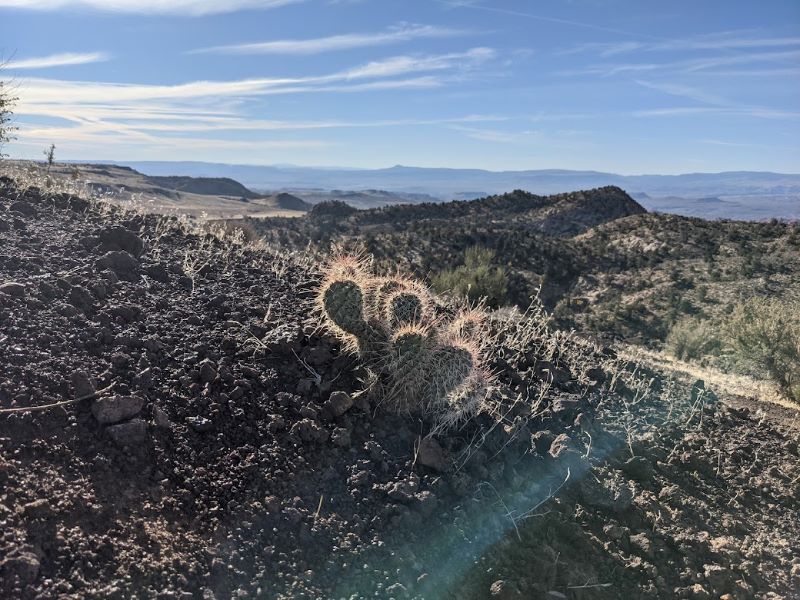
Another 15 minutes south on Highway 18, and immediately after the turnoff to Diamond Valley, you will find a trailhead for the Santa Clara Volcano’s Cinder Cone Trail. This trail also has its share of scattering and shifting soil, but it’s worth the effort. The top of the volcano has a caldera, meaning you can walk around the rim and descend into the crater where the cone erupted millions of years ago.
It’s a remarkable area of our state, or anywhere else for that matter. Where else can one visit massacre sites and hike two different volcanoes within an hour of each other?
The blood and magma of your state’s history is just a short drive away.
YOU MAY LIKE:
History of Ogden’s 25th Street: Overcoming a Bad Rap
The Story of Utah Lake: Murky and Misunderstood
A Brief History of the Great Salt Lake
Salt Lake’s Eclectic Past: Salt Lake’s Extensive History of Quarantining Its Residents
Thomas Kane Diverts U.S.-Utah Showdown
Magna, Utah—the town that forgot its name
Power to the People: How Enterprising Mormon Pioneers Electrified Utah

